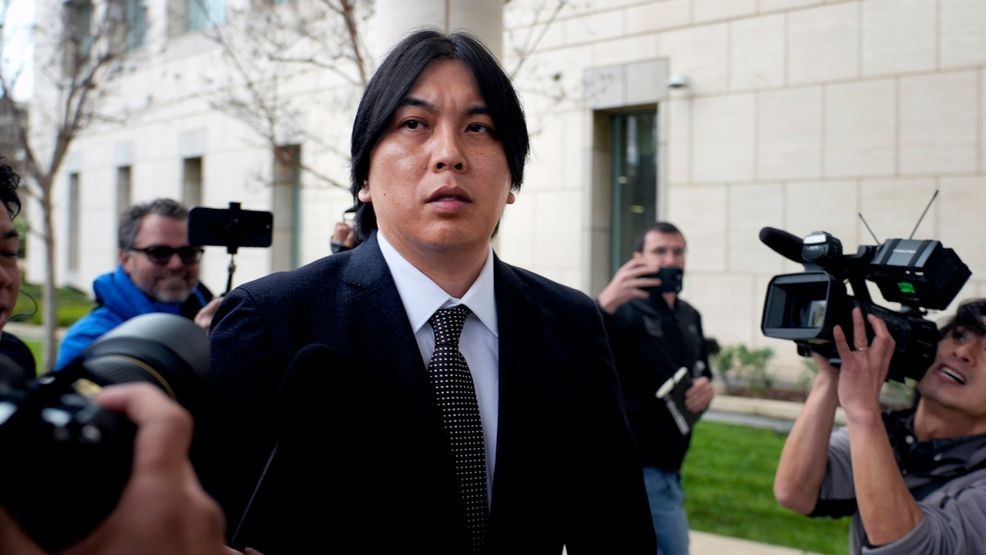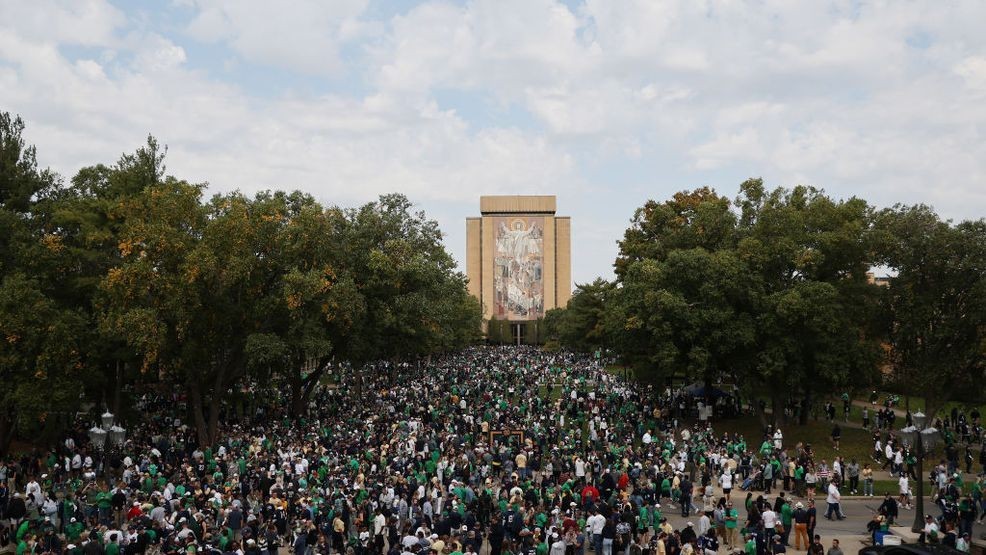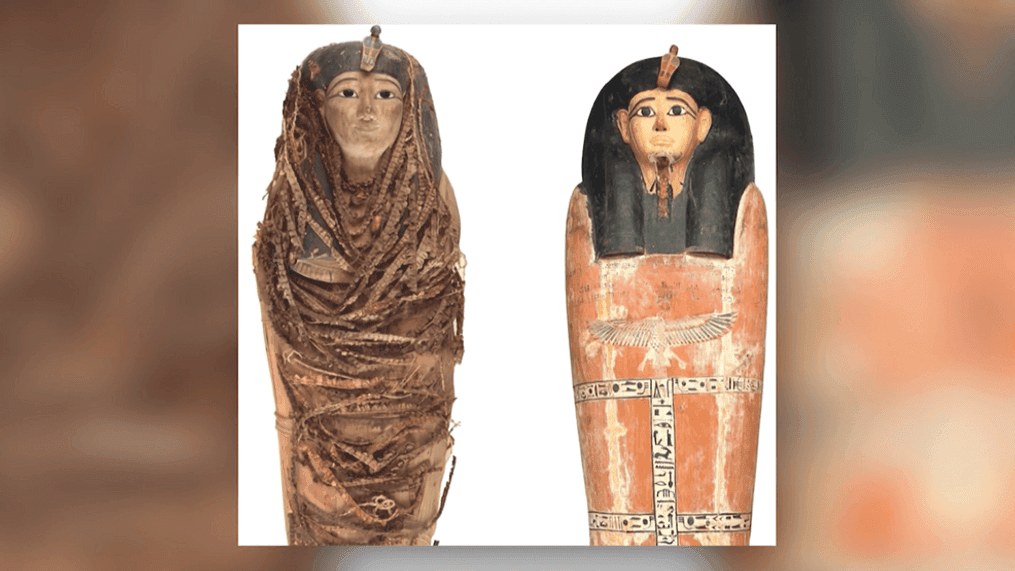Step inside the grave of a 'digitally unwrapped' mummy for the first time
WASHINGTON (TND) — The 3,500-year-old mummy of an Egyptian king has been "digitally unwrapped" for the first time ever.
Pharaoh Amenhotep I's mummified remains were first discovered by researchers in 1881, among other reburied royal mummies, at the archeological site Deir el Bahari in southern Egypt.
"This fact that Amenhotep I's mummy had never been unwrapped in modern times gave us a unique opportunity: not just to study how he had originally been mummified and buried, but also how he had been treated and reburied twice, centuries after his death, by High Priests of Amun," Dr. Sahar Saleem, professor of radiology at the Faculty of Medicine at Cairo University and radiologist of the Egyptian Mummy Project, the study's first author, told Phys.org.
Amenhotep ruled Egyptfor about 21 years in a reign that started in 1525 BC.
Almost 140 years after the pharaoh's remains were discovered, he is far too fragile to be unwrapped by hand. So, without ever touching him, researchers were able to peel back the layers of time through the use of modern technology.
Utilizing three-dimensional CT (computed tomography), researchers were able to take a deeper look inside the mummy's final resting place that has remained unopened for more than three millennia. The findings offer both a figurative and literal looking glass into his sarcophagus.
The pharaoh was about 35 years old when he died but his cause of death will likely forever be unknown. His body didn't have any apparent wounds that would explain how he died. When he lived, he was estimated to be about 5'5" feet tall and physically resembled his father, PharaohAhmose I.
Amenhotep (whose name means 'Amun is satisfied') had "a narrow chin, a small narrow nose, curly hair, and mildly protruding upper (but otherwise good) teeth," Saleem explained.
Further analysis shows ancient tomb robbers inflicted post mortem injuries to the body but, according to hieroglyphic texts, priests and embalmers were able to repair those injuries and restore the mummy.
Priests unwrapped Amenhotep's body in the 11th century BC, more than four centuries after his original mummification and burial.
Hieroglyphics have detailed how priests restored and reburied royal mummies from more ancient dynasties, but why they went to the trouble was pure speculation — until now.
Saleem and her co-author egyptologist Dr. Zahi Hawasshypothesized that the restorers' main intention in the 11th century was to reuse royal burial equipment for later pharaohs — but their own theory was disproved after digitally unwrapping the mummified remains.
"We show that at least for Amenhotep I, the priests of the 21st dynasty lovingly repaired the injuries inflicted by the tomb robbers, restored his mummy to its former glory, and preserved the magnificent jewelry and amulets in place," said Saleem.
Under the wrappings, a CT scan revealed 30 amulets and "a unique golden girdle with gold beads" were among the jewelry preserved in the grave.




















